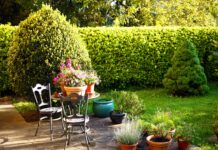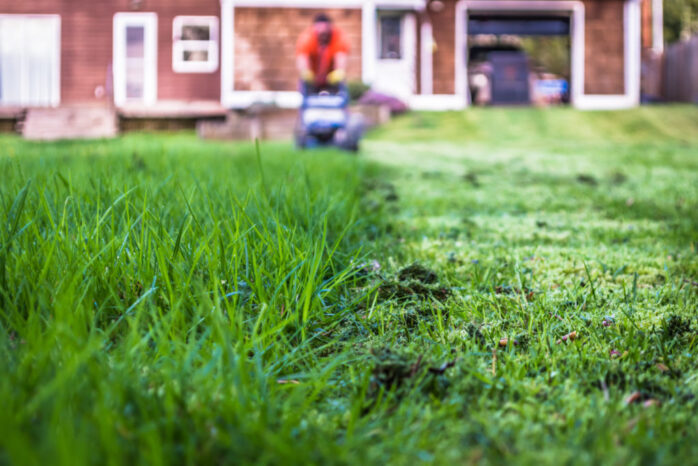
Do you care about the environment, but don’t know how to apply that to your lawn and garden? Sustainable landscaping is the perfect solution for this dilemma.
In this article, you’ll learn eco-friendly tips to create a beautiful outdoor space that’s both aesthetically pleasing and kinder to the planet.
Selecting Eco-Friendly Plants and Materials

When considering eco-friendly plants, start by researching the climate in which you live. Local plants are often the best choice because they have adapted to the heat, cold, and amount of rainfall in your area. In addition to hardy plants that need less water and fertilizer, it is also beneficial to choose native species and wildflowers. Native species are part of a complex mosaic that provides important food sources and habitats for birds and pollinators that cannot survive on non-native flora. With their expertise and attention to detail, companies such as College Fund Landscaping can assist in the proper maintenance of your lawn, including the selection of the eco-friendly plants and materials for your garden.
Once you have chosen your flora, select materials with related principles in mind:
- Choose natural materials such as wood instead of plastic whenever possible.
- Look for organic and Forest Stewardship Council (FSC) certified lumber made from renewable resources.
- If possible, trade mulch or straw coverings for grass seed or other options that require fewer chemical treatments during maintenance.
- If turf grasses are necessary for your design plan, consider replacing traditional grasses with low water varieties such as tall fescue or other drought tolerant varieties like buffalo grass.
- Research healthy alternatives to lawn sprinkler systems, such as rain barrels for watering traditional lawns; micro irrigation systems or soaker hoses for garden beds; and xeriscapes featuring gravel or mulch instead of traditional turf lawns.
Water Conservation Strategies
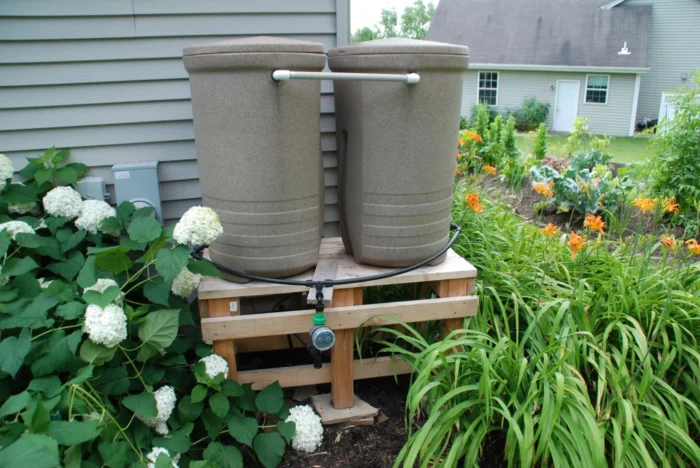
Water is an essential resource for healthy lawns and gardens, and efficient water use is an important part of sustainable landscaping. Over-watering can damage plants, water resources and lead to runoff pollution. However, under-watering will stunt plant growth and make it difficult for roots to survive. Fortunately, many simple strategies can help conserve water without compromising the health of your landscape.
Mulching: Adding a 3″-4″ layer of organic mulch around trees, shrubs, beds and planting areas conserves moisture by blocking evaporation from soil. Different types of mulch are available including shredded bark, wood chips or straw.
Irrigation: Use a soaker hose or a trickle irrigation system around the base of your plants instead of using a sprinkler which sprays huge amounts of water in evaporation-inducing droplets that are often wasted when coverage overlaps too much area. If you have an in-ground sprinkler system connect it to a rain sensor so that it will automatically shut off when it’s raining.
Rain Barrels: Collect roof runoff in rain barrels or other catchment systems so you have access to free water during dry weather periods. Make sure barrels or tanks have tight fitting lids to prevent mosquitoes from breeding in standing water. Rain barrels conserve over 1 million gallons per year compared with traditional overhead sprinklers!
These are just a few strategies that you can implement on your property to conserve precious water while still maintaining lush landscapes! Sustainable landscaping is both achievable and worthwhile if basic principles are implemented correctly – saving you time and money while protecting our precious natural resources!
Composting and Recycling
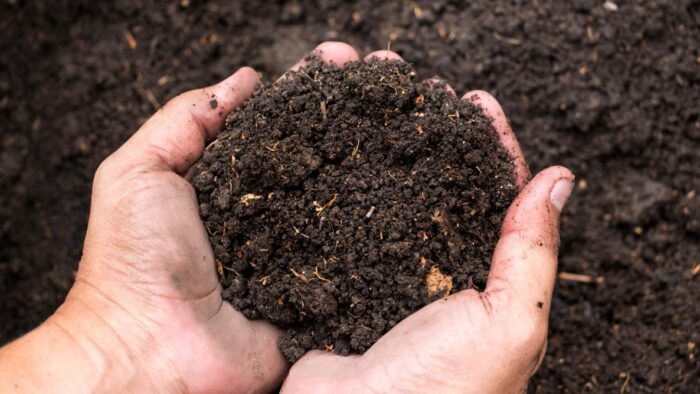
Composting is one of the most effective and efficient ways to re-introduce organic material into your soil. It is estimated that yard and garden waste accounts for between 15-20% of all household waste in the United States, including grass clippings, leaves, branches, fruit, vegetables and other plant materials. Composting these wastes not only reduces the amount of waste sent to landfill but it provides nutrient rich organic matter which can enhance your soil structure and make plants grow better.
When it comes to composting, there are two main options – hot or cold composting. Hot composting requires more active participation as it involves actively adding large amounts of brown (carbon-rich) and green (nitrogen-rich) materials in equal parts at regular intervals throughout the season. For those short on time or just beginning to get involved in composting, cold composting is a better option as this method does not require as much effort and tends not to require a lot of maintenance. Cold compost generally is composed of organic matter such as leaves, twigs and kitchen scraps that are mixed together within an enclosed container. The contents will slowly decompose over time with no mixing required on your part.
Maintenance and Care for Sustainable Landscaping
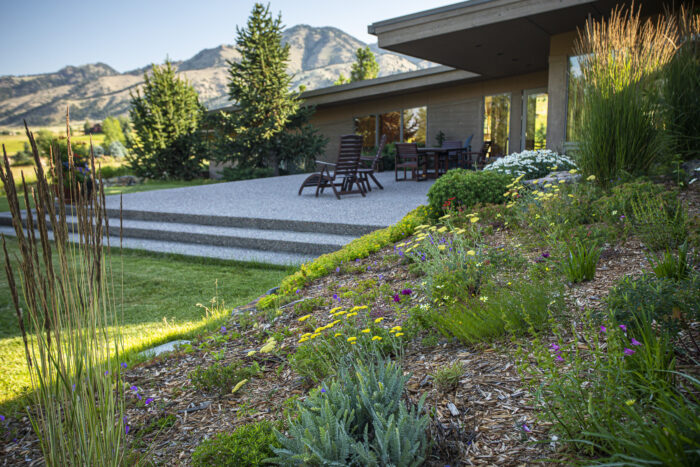
Caring for your sustainable landscaping is essential for ensuring that the health and beauty of your lawn and garden continue. If you don’t have time for this, you can ask Michaelangelo for some tips regarding this. Maintenance techniques like mowing, fertilizing, pruning, and pest control should be done in an eco-friendly manner. When possible, use natural products, such as composted organic matter and plant-based pesticides instead of synthetic chemical inputs. Re-use mulch every year to reduce waste and improve soil fertility.
Watering your lawn during the early morning before the sun rises is more efficient than midday watering because less water is lost to evaporation during the cooler morning hours. In regions where landscapes are plagued with drought or regular dry periods irrigating with greywater is an effective way of reducing water consumption while providing plants with much-needed moisture.
Aeration is beneficial as it increases oxygen content in soil as well as improves drainage, which will help reduce compaction over time. It also reduces weeds that spread quickly if not controlled regularly by removing them from their roots. To maintain a healthy lawn, use a push or reel mower rather than a gasoline-driven mower if possible; but if you do use a motorized mower make sure it’s energy efficient and don’t leave clippings on the ground after mowing or they will eventually form an impenetrable layer making it much harder for grassroots to connect with air and water resources.
Conclusion
Sustainable landscaping is a great way to create an eco-friendly outdoor space that looks beautiful and contributes to the planet. With these tips, you can easily incorporate sustainable practices into your lawn and garden without sacrificing style or beauty. Whether you opt for native plants, install water-efficient systems, or employ other sustainable gardening methods, you’ll be doing your part to help protect our environment while creating a gorgeous outdoor oasis in the process.




